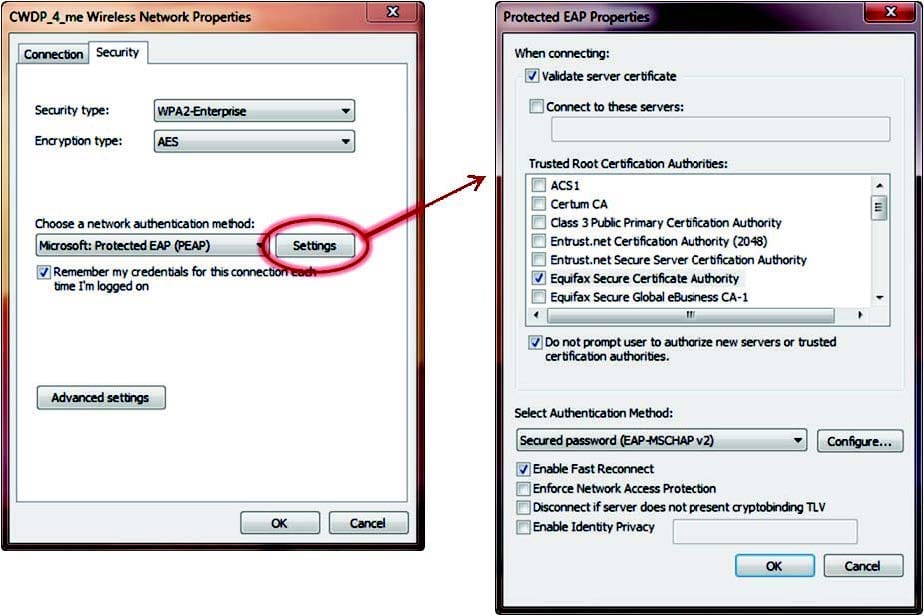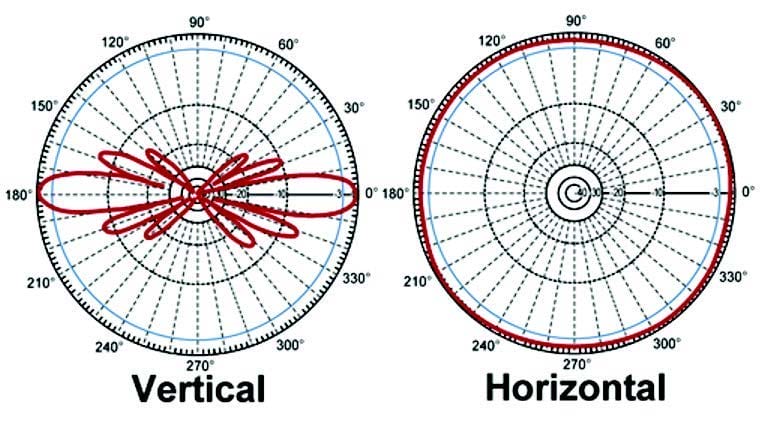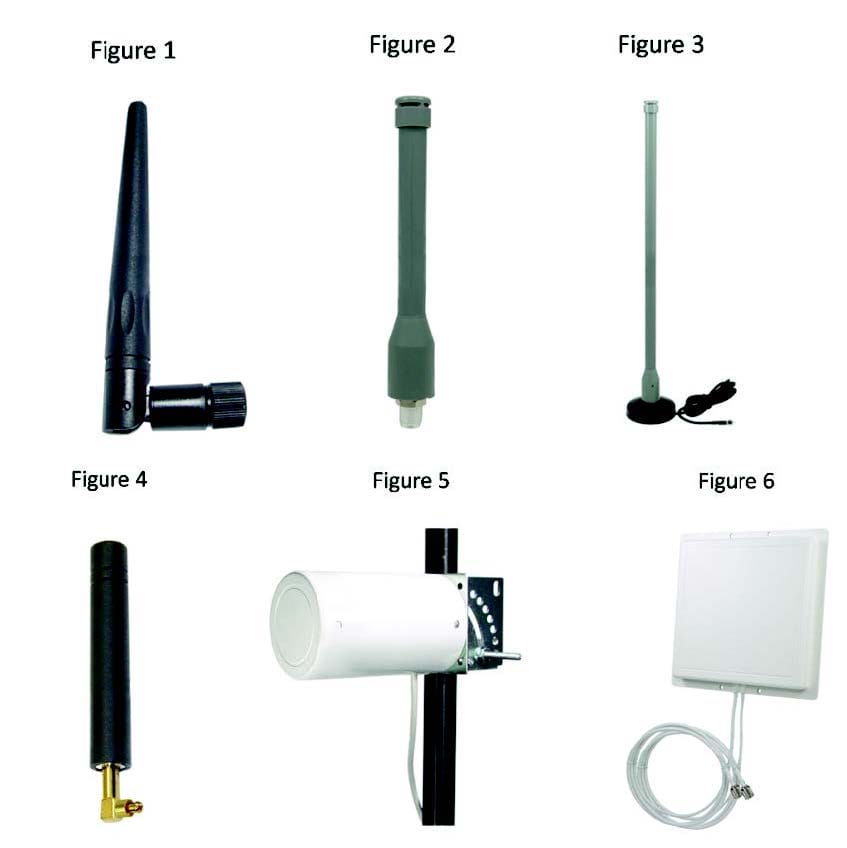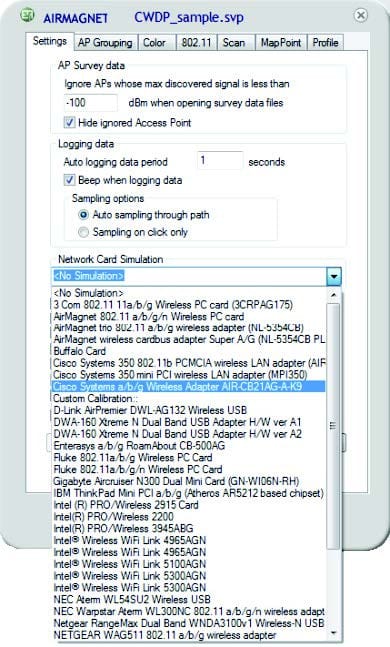PW0-250 Online Practice Questions and Answers
In a manufacturing facility with highly reflective materials, you are planning an upgrade to your existing 802.11b solution. You have chosen a dual-band 802.11n infrastructure product for this purpose. Your client applications include:
Handheld scanners -- for inventory management
Toughbooks (laptops) -- mounted on forklifts for inventory and workflow management
VoWiFi phones -- used by select employees throughout the facility
You are evaluating all of the 802.11n enhancements and determining which features to enable for your environment and applications.
In this scenario, what 802.11n enhancements should NOT be enabled on the 2.4 GHz radio of the new APs? (Choose 2)
A. 40 MHz channels
B. Short guard intervals
C. Block Acknowledgments
D. Frame aggregation
E. MRC
F. STBC
According to WLAN security design best practices, what is true of the EAP properties shown in the exhibit?

A. The "Validate server certificate" checkbox should be checked if you purchased a third-party SSL certificate for the AS, but left unchecked if you have a self-signed certificate for the AS.
B. The "Validate server certificate" checkbox should always be checked to prevent MITM attacks from rogue authentication servers.
C. The "Trusted Root Certification Authorities" list is provided to identify the certificate that the client should send to the AS for client authentication.
D. The "Do not prompt user to authorize new servers or trusted certification authorities" box should be checked only for administrative users.
E. The "Enable Identity Privacy" checkbox and anonymous name field are only useful for networks supporting EAP-LEAP.
Given: Use Exhibit 1, 2, and 3 to answer the question.


The azimuth and elevation charts for which type of antenna are shown in Exhibit 1?
A. Figure 1
B. Figure 2
C. Figure 3
D. Figure 4
E. Figure 5
F. Figure 6
As an implementation engineer, you have just received initial design specs from a network designer for your dual-band 802.11n deployment. The network design documents prescribe the following data rate configuration for the 2.4 GHz radio:
Basic Rates -- 5.5, 6, 11, 12 Mbps
Supported Rates --9, 18, 24, 36, 48, and 54 Mbps as well as MCS 0-15
What will result from this design strategy?
A. By disabling support for 1 and 2 Mbps while allowing 5.5 and 11 Mbps, the network will force 802.11b clients to use these higher data rates.
B. Protection mechanisms will always be in use on this network to support 5.5 and 11 Mbps as basic rates.
C. HR/DSSS (802.11b) stations will not be able to associate to the service set.
D. This configuration violates the IEEE specification that defines 6, 12, and 24 Mbps as mandatory data rates for 802.11g/n.
E. MCS 0 will represent the lowest data rate that can be used in the service set.
In a large enterprise (5000+ wireless users), by what recommended methods are IP addresses and VLANs assigned to different clients associated to the same AP? (Choose 3)
A. Each SSID is mapped to a static VLAN assignment
B. Upstream AAA servers dynamically assign VLANs to each user or group profile
C. Radio signal metrics (RSSI, SNR, etc.) of WLAN clients are triangulated for location-based VLAN assignment during association
D. Each BSSID is assigned a unique VLAN to help manage the size of broadcast domains on the wired network
E. Multiple VLAN pools are designated for an SSID and user IP addresses are selected in a round-robin fashion from the associated pools.
F. In a centralized data forwarding model, clients automatically receive an IP address on the native VLAN of the AP's Ethernet access port.
G. The configuration profile of the client supplicant is hard-coded with a VLAN ID.
While configuring your site survey software for an upcoming manual survey project, you notice the configuration option for "Network Card Simu-lation" as shown in the exhibit.

A. This setting allows the site survey software to convert the AP's measured downlink RF data into a simulated data set as if the same data were transmitted by a specific client station. It is useful for determining uplink client performance when clients are located far from APs as well as projecting cell size for ad hoc networks.
B. Since WLAN adapters are not typically calibrated by manufacturers, this setting is a form of software calibration in which you can calibrate an (uncalibrated) adapter to match one of thecalibrated adapters shown in the list. This process improves the reliability of RF data collection and reporting when uncalibrated adapters are used.
C. This is the configuration area in which you specify the adapter type that will be used for the site survey so that the survey software can interpret that adapter's reported metrics (based on proprietary formulas) into an RF measurement that is standardized by the survey software and known to its users. This is done for every survey.
D. The site survey software manufacturer allows you to view the collected RF data as if it were collected by a different type of adapter. This functionality allows you to review survey data to determine how the RF environment will likely look based on the receive sensitivity and other RF capabilities of a specific client adapter.
You are testing a VoWLAN deployment, and your communication measurements show a certain amount of lost packets. What would be an acceptable packet error rate value to still provide acceptable call quality?
A. There should be 0% error in a VoWLAN type of deployment
B. No more than 1% PER max should be acceptable
C. No more than 4% PER max should be acceptable
D. No more than 8% PER max should be acceptable
E. No more than 12% PER max should be acceptable
When deploying long-distance 802.11 bridge links (10 miles / 16 km), what parameter may be critical for improving data flow by reducing retries caused by the long distances?
A. The sequence control field value
B. The PHY parameter set field
C. The minimum transmit data rate value
D. The CTS-to-self threshold
E. The Beacon interval
F. The acknowledgement timeout threshold
